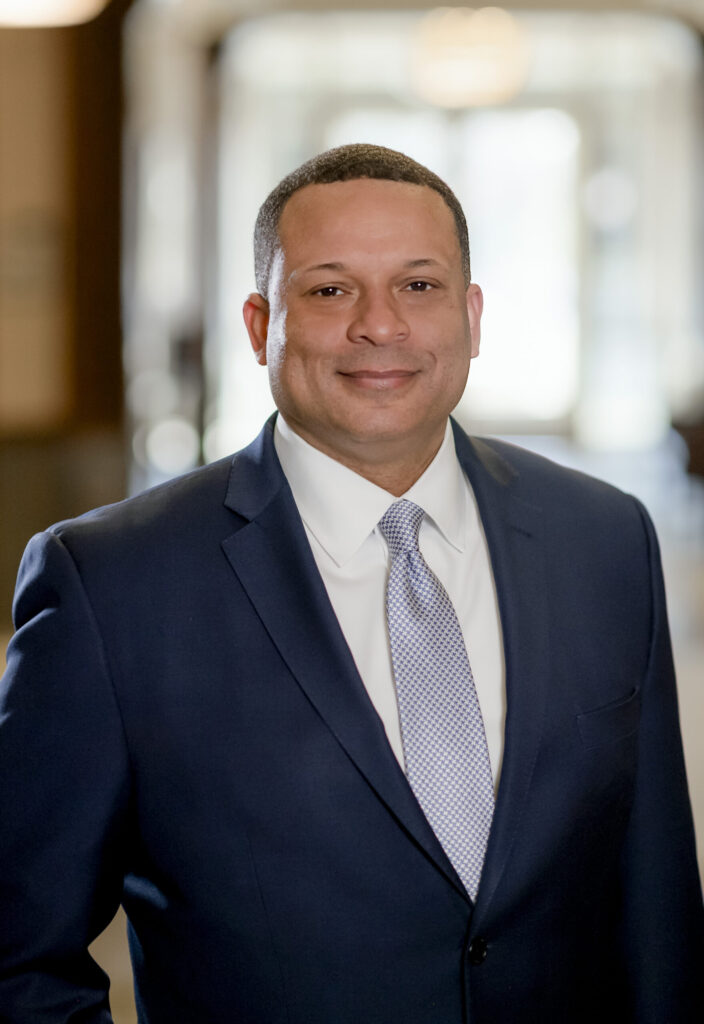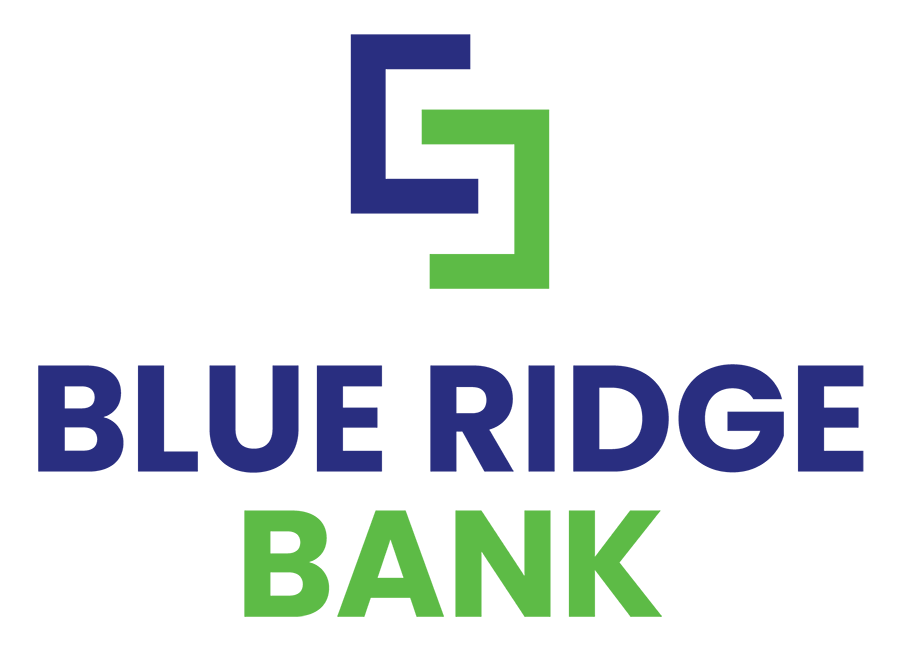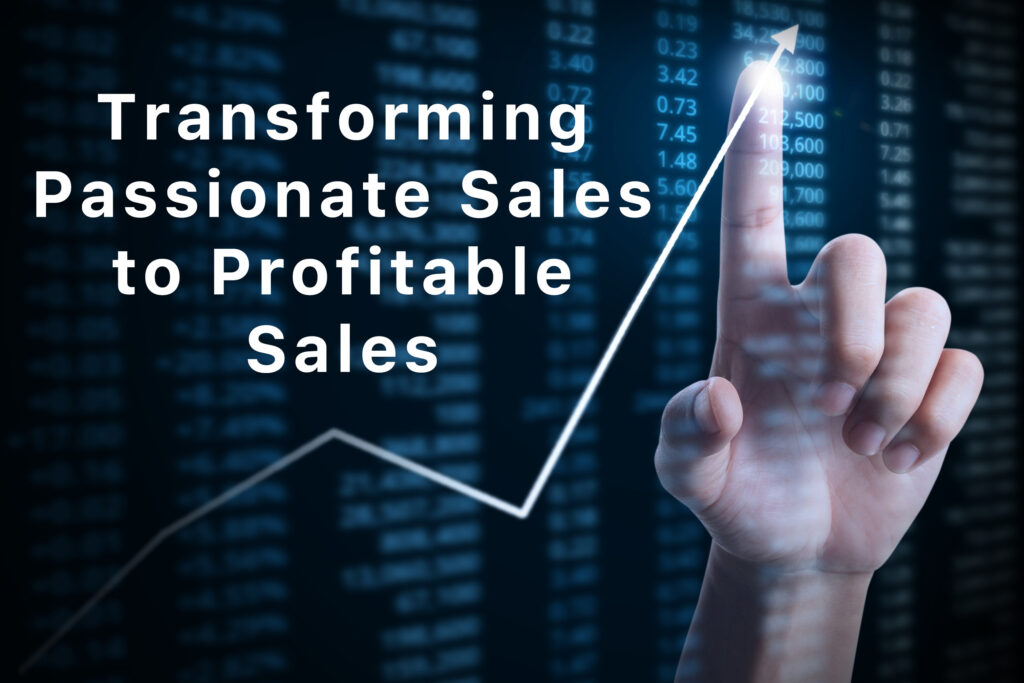Women CEOs on the Rise in VACEOs
– From Connie Bruce, CAE, Director of Operations & Member Services
When my youngest child, who’s now a recent college graduate, first put on her backpack to head out the door to kindergarten, I started my own journey at Virginia Council of CEOs. As she grew in her school career over the years, I grew in mine as well. Along the way VACEOs has also grown — and recently in one key way.
I loved my job with VACEOs from Day One. I knew right away our members and sponsors were special. Our CEOs share a willingness to share and learn from each other. I also noticed our group of wonderful CEOs was mostly men. I sensed we were missing the voices of women CEOs in the sharing and learning.
Early on, VACEOs was fortunate to have some strong women CEOs as members — shout-out to Gail Johnson, founder of Rainbow Station now LeafSpring Schools, Elissa Mast, CEO of E&R Sales, and Connie Hom, founder of Buckingham Greenery. However, even as VACEOs grew, the percentage of women CEO roundtable members consistently hovered around 16%. I recall joking with Executive Director Scot McRoberts that we needed to “pink” the group up.
While golf and baseball are not gender-specific, they tend to be stereotypically associated with men. Both were common member activities at that time in VACEOs’ history. It wasn’t that we needed to not do golf, it was that we needed to do golf plus other events and activities to appeal to a wider audience. I wanted us to become more focused on reaching women CEOs, in order, to broaden the experience share for our members.
Back in 2018, Debbie Fisher, Associate Director of Graduate Programs at the Robins School of Business, was having similar thoughts about their MBA Program. Debbie and I connected to co-host an event exclusively for women business leaders, called Future-Proofing Your Career, that proved extremely successful. Seeing more than 140 women connect to discuss the challenges they faced in business was exciting. The event was so successful we repeated it.
In 2019, our VACEOs roundtable leaders started asking us to add women CEOs to their groups. I was thrilled our member CEOs recognized that diversity was an advantage, but we struggled to find enough new members to fulfill the request.
To meet the challenge of attracting more women CEO members to join our group, we strategically appealed to women CEOs in our marketing, in the speakers and topics we offered, and in the special events we developed. Slowly, our percentages of women CEOs began to tick up — and we reached 18% by 2021.
This year, something bigger happened. As of August 2023, our percentage of active roundtable members who are women is now at 19%, the highest it’s ever been. Even more exciting is that 46% of new VACEOs members this year are women! Now we are starting to provide more diversity in our roundtables thanks to the intentionality of looking beyond our traditional member.
Maybe it’s the influence of the Barbie movie, but I’m feeling like we should add pink to our logo.
Commercial Services: Six Ways to Improve Your Cash Flow

The foundation of smart business management is maintaining liquidity. This is particularly true during times of uncertainty in the financial market. You want to have a reliable source for funds should you want, or need, to be prepared for changing opportunities.
If you run a small business and find yourself dealing with restricted cash flow on a regular basis, it’s time to review some basic steps to get things moving again.
1. Invoice immediately
As soon as the job’s complete, send the bill. Consider asking for upfront deposits or partial payments if your business undertakes long, complicated and/or expensive projects.
2. Incentivize prompt payments
Make it clear when payments are due and offer a small discount for quick payments. For example, 2 percent off if paid within 14 days.
3. Pay bills when due
Don’t pay your own bills sooner than required. Check when bills are due and schedule payments accordingly to keep your cash on hand for as long as possible.
4. Check your customers’ credit
Don’t risk taking on clients who have a long history of making late payments (or not making payments at all). Be proactive in conducting credit checks so you can feel confident your clients will pay you in a timely fashion.
5. Evaluate your inventory regularly
It costs money to store products that aren’t selling – and it can also cost you to not have the products readily available that your customers want. Analyze inventory and purchase trends regularly so you can meet demand (without undue surplus).
6. Cooperate with similar companies
Obviously, you probably don’t want to partner with direct competitors. But if you can find similar companies who use some of the same supplies as you (but ultimately sell different products), consider asking them to make combined purchases from suppliers. That way, you’ll both benefit from bulk pricing.
About Blue Ridge Bank
Chris Layne, market president for the Richmond Metro region at Blue Ridge Bank, is a commercial banker with over 17 years of banking experience. His primary clientele includes closely-held businesses and non-profit organizations. If you have any questions for Chris. please feel free to reach out to him at 804-518-2625 or chris.layne@mybrb.bank.. If you have any questions for Chris. please feel free to reach out to him at 804-518-2625 or chris.layne@mybrb.bank.
Blue Ridge Bank is a community bank with a national reach. Blue Ridge Bank is all about business. Our team exudes an enterprising spirit in each local market so we can best serve our business clients. We provide a wide range of financial services including retail and commercial banking, wealth management, insurance, and government-guaranteed lending.
Our New Roundtable for non-CEOs. Here’s What They Said About It.
Earlier this year, VACEOs ran a successful pilot program, providing a peer roundtable experience for non-CEO key executives. The program plans to expand its reach to more COOs, GMs, VPs, number twos, etc. in its sophomore installment beginning in October 2023. In a roundtable comprised of 8 to 10 fellow executives, members will benefit from a confidential peer roundtable experience led by professional facilitators. Applications and more information can be found here.
When asked about their experience in Key Executive Round Table, members had plenty of insights and learning experiences to share:
“[Key Executive Round Table] is something to definitely give a try. It’s a great place where you’re able to share and talk about challenges in a safe and secure area… having that confidence in your peers to open up and be vulnerable to talk about things that really do impact your business and your personal life day in and day out.”
Todd Johnson, COO of Automatic Leasing Service
Kelly Spraker, VP of Experience & Finance at Midas of Richmond “didn’t expect the group to become as close as they did, and [she] found that to be a positive.” Chief Operating Officer at Commonwealth Catholic Charities Anita Wallen found “[t]he experience sharing was very useful for me because it helped me come to the conclusion that I’m not unique in these challenges that I’m experiencing in my role… It reduced some of that sense of isolation and helped develop a different perspective…”
“If you’re looking for a group to help you to grow outside of your organization, [Key Executive Round Table is] a great option for you.”
Kelly Spraker, Vice President of Experience & Finance, Midas of Richmond
“I have been able to get some takeaways and infuse that into my daily work.”
Anita Wallen, COO of Commonwealth Catholic Charities
“As much as you give to it is what you’ll get out of it.”
Todd Johnson, COO of Automatic Leasing Service
Building Your Sales Machine: Transforming Grit into Growth
Virtually every business owner wants to grow their business. It’s rare to find an entrepreneur who says, “No, we are good. We’d like to stay right where we are.”
Growth allows for expansion, more profits, increased value, and a sense of well-being. It’s hard not to tie the slope of revenue growth to our self-image. For most businesses, there is no pressing problem that more sales won’t take cure. Sure, sometimes it strains other parts of the company but given a choice, most of us would choose to have more customers, bigger deals, and better retention.
Often, a good business idea coupled with the grit and hustle of the founder(s), can result in a business that will grow, and grow rapidly. But then something happens – they get stuck. The growth that we could once count on begins to slow down. And then stop.
It’s a common dilemma.
“Let’s hire a salesperson. Or two! They’ll turn up leads, they can sell while we can focus on other things.” Sadly, it rarely happens the way it’s planned. Salespeople are hired, we spend some time with them and send them out to the market. They can’t consistently sell. It’s perplexing. “I sold more than they do and I’m not even a salesperson. I hate sales!”
It’s perplexing. It’s frustrating. And it happens over and over.
The Founder’s Dilemma
When an entrepreneur starts a company, they have no choice but hustle, scratch, and claw to find customers. They have a passion for what they do. Through muscle and personality, they can grow the business to a certain level. Then it stops. They don’t have time to do what they used to do. They are overwhelmed in the day-to-day demands. They get comfortable. Their selling efforts are unsustainable.
At some point, they realize that their success is not duplicatable. They can’t clone their passion. They can’t clone their grit and personality. They have no “way” of doing sales. They just sell. They don’t really know how they did it. They just did it.
For the salesperson, it’s job. They want to do well but it’s not life-or-death. Another sales job is just a few interviews away. And that’s the dilemma.
To scale a business, companies need to have a processes and methodologies that are learnable, teachable, and duplicatable. Leaders need to be able to onboard new salespeople to an established way of selling.
The Path to Growth
I love what sales expert Jack Daly says in his book, Hyper Sales Growth. He says, “The best salespeople are canned. They never wing it.” He writes that every company should have a success guide that is based on what the best people do so that others can emulate it. (You can join us for a day with Jack Daly on September 21!)
In most selling scenarios, there are but a handful of objections and tough questions and they come up over-and-over again. When salespeople haven’t been trained on what to say, they wing it. Maybe it’s effective. More often, it’s not.
David Sandler likened sales to a Broadway play. In sales, you must know your lines. When the prospect says, “Your price is too high,” what does your salesperson say? When asked for a proposal, how do they manage what happens after the proposal is received? This should be uniform. There is a best answer. But left to chance, it’s rarely the one given. There is no winging in acting, or in sales.
Relationships are important. But when salespeople build their skills on relationships, they are ineffective and inefficient. Both are required. Good at understanding the dynamics of people, while their selling process is running quietly in the background.
In sales, you don’t rise to the occasion. You fall to your level of training. The best leaders approach sales like any other part of their business. They don’t wing it with accounting department. They don’t “hope for the best” in the service department. They learn by reading, attending workshops with experts. They develop plans and ensure their teams are executing. They practice over and over until they get it right.
Finally, understanding sales is a non-negotiable facet of running a business. Entrepreneurial passion and grit can drive early-stage growth, but the law of diminishing returns applies when scaling becomes the focus. In that critical phase, equipping your sales team with a well-documented, practiced, and proven sales process is vital. This transforms sales from an art of personality to a science of repeatable results.
Ultimately, success in sales, like any other business aspect, lies in a disciplined approach, continual learning, and steadfast execution. Start investing in your sales processes today – it’s the lifeline of your enterprise. Your business’s growth, value, and overall well-being hinge on it.
Robin Green is President at Ascend Performance powered by Sandler Training, and a sponsor of the VA Council of CEOs.
Recession? Soft landing? Just a mirage? Here’s What You Need to Know
VACEOs recently convened a virtual Square Table with a panel of 3 recession veterans: Sam Dibert, Melissa Ball, and David Ingram. They shared their experiences with previous recessions and downturns, and what they are doing right now to prepare for the next one! Here are some key takeaways from our panel:
- Be proactive in communicating with your banker and accountant. Talk to them regularly before you really need them.
- Know your numbers. Benchmark with peers.
- Invest in your culture. In hard times a strong culture will make you more nimble and resilient.
- There’s opportunity in every situation . . . if you and your team have that mindset.
- Ask for help early. Don’t wait.
- Don’t wait. Move fast. Trust your gut.
- Be bolder.
- Several of the veteran CEOs said that downturns led them to be more open with their employees. Openness and clarity helps them deal with difficult times better.
Finally, Sam Dibert said, “It always makes me wonder how come we don’t think of all this stuff when things are going well!”
Thank you to Ilsa Loeser for proposing and moderating this Square Table session. A Square Table is an ad-hoc meeting around a topic a member is interested in. We turn to the expertise of the VACEOs community for clarity on the matter over an hour-long Zoom meeting. If you have an idea for a potential Square Table meeting, contact Scot McRoberts.





Recent Comments